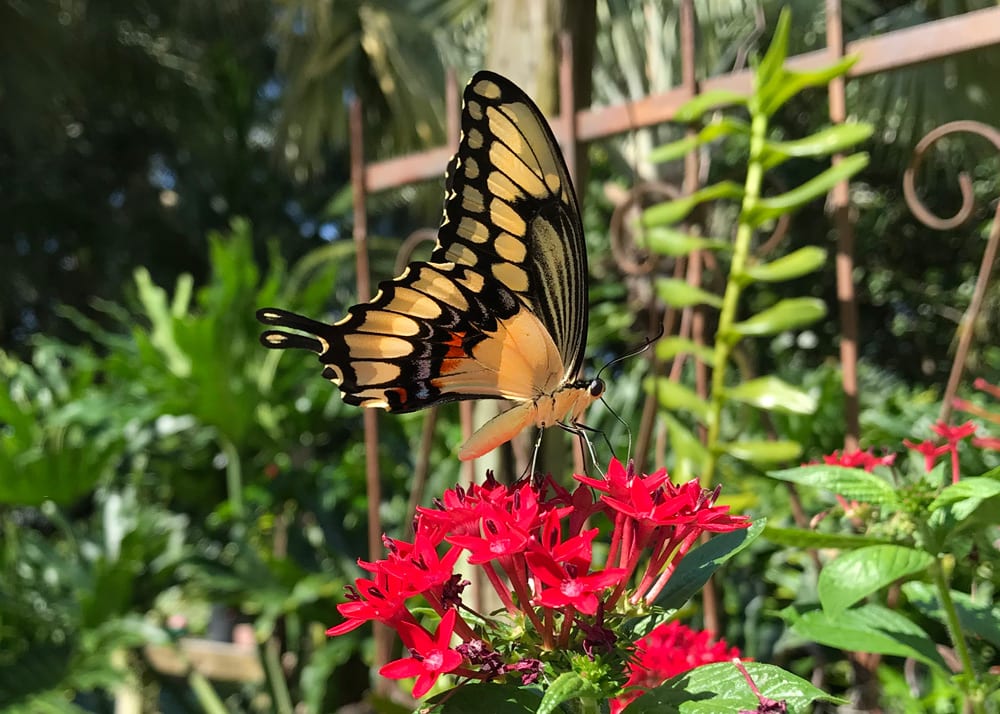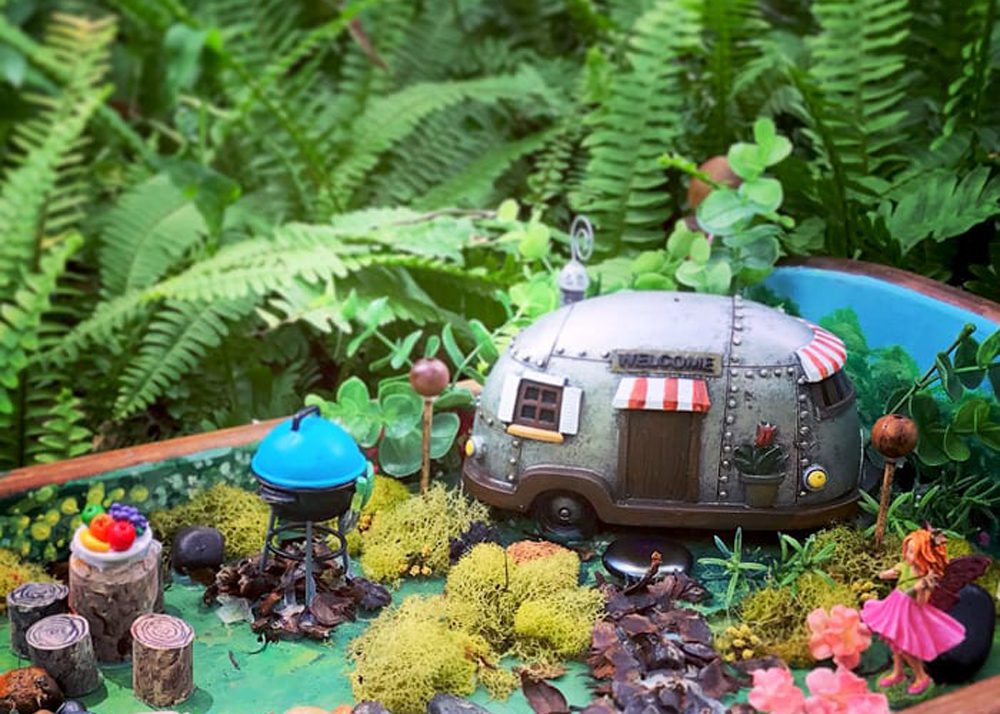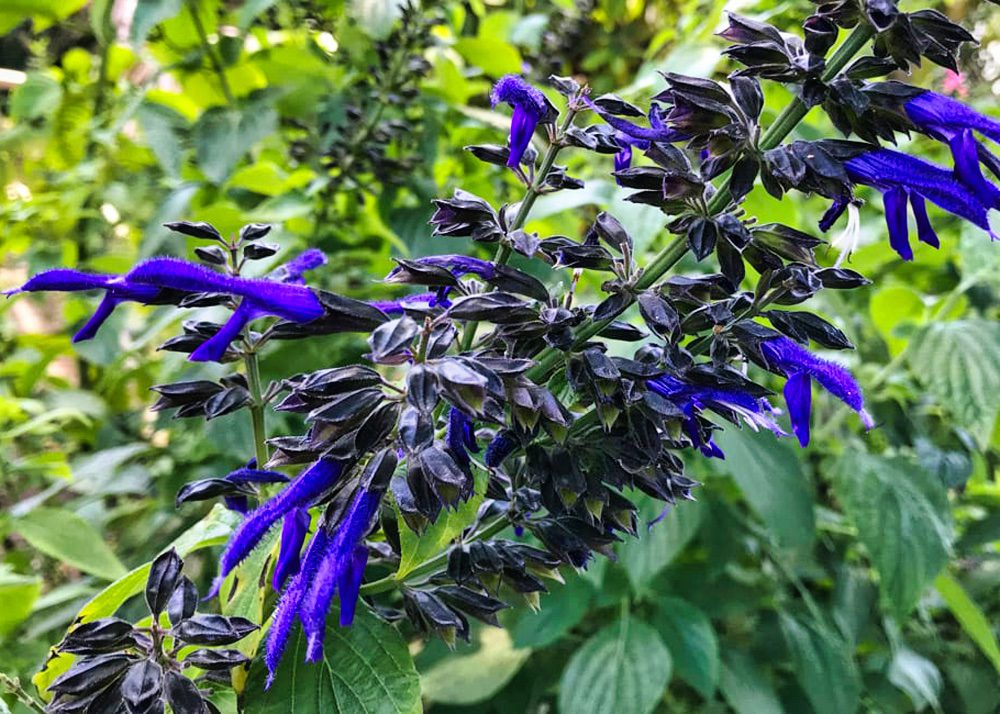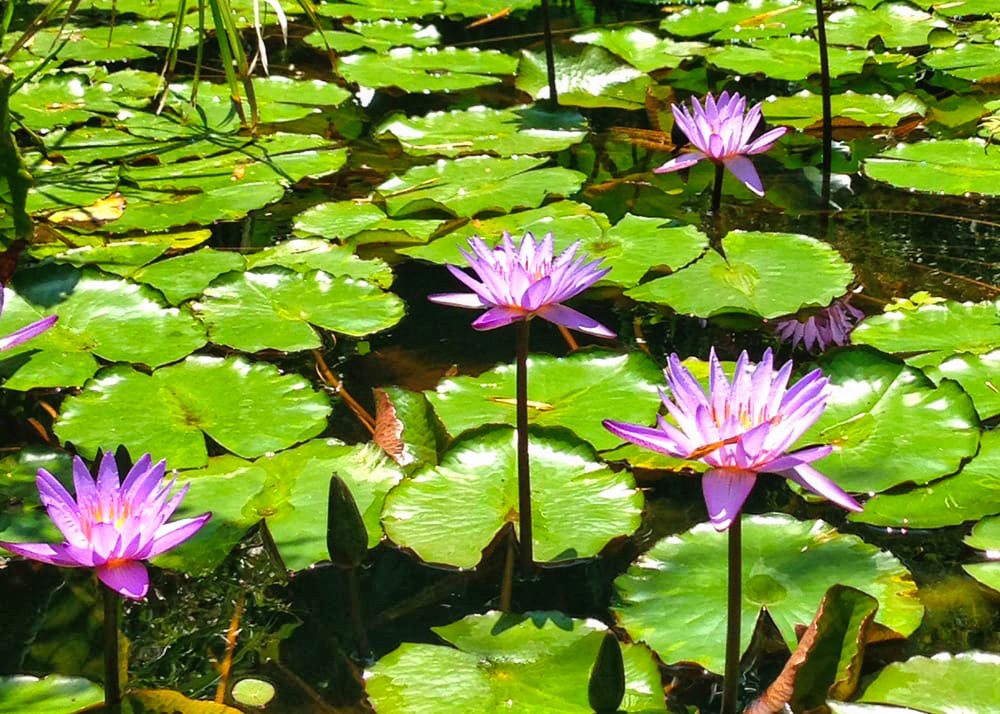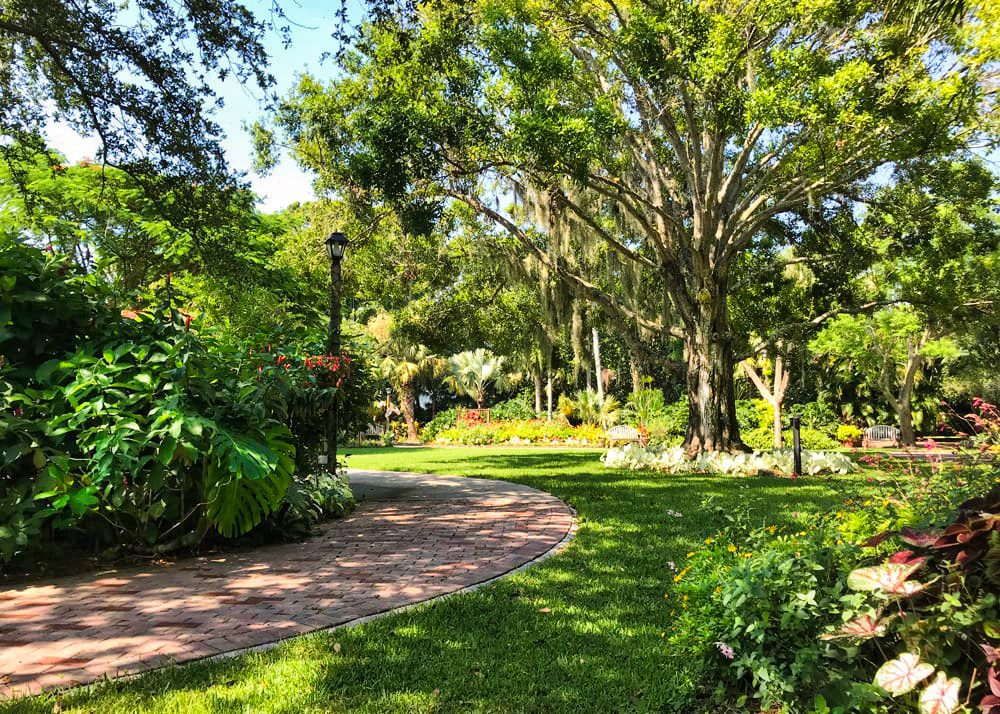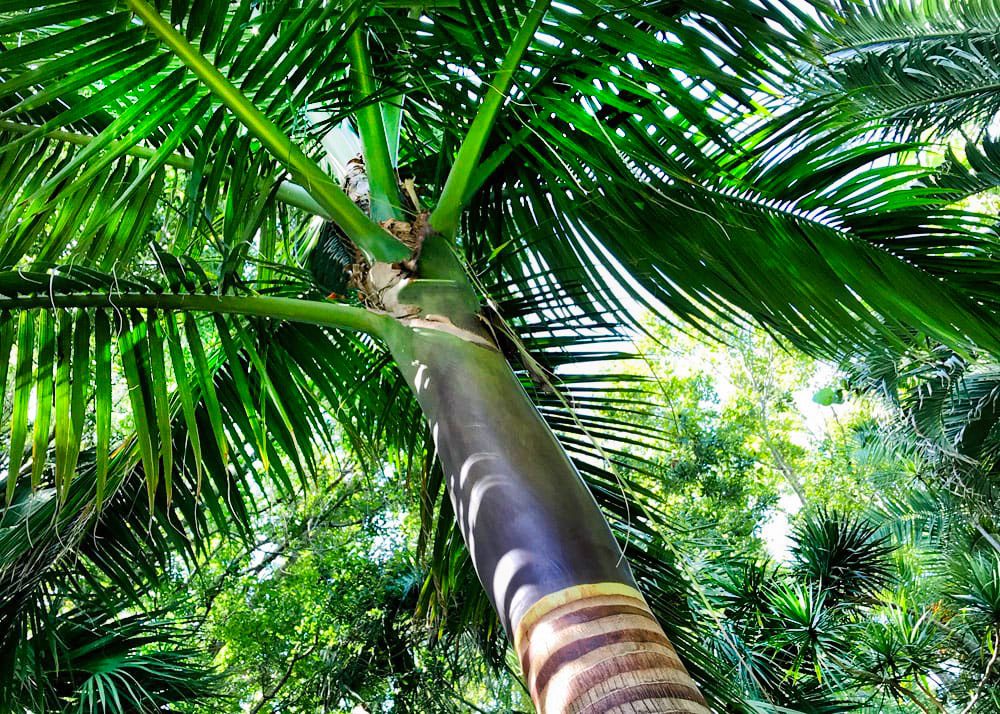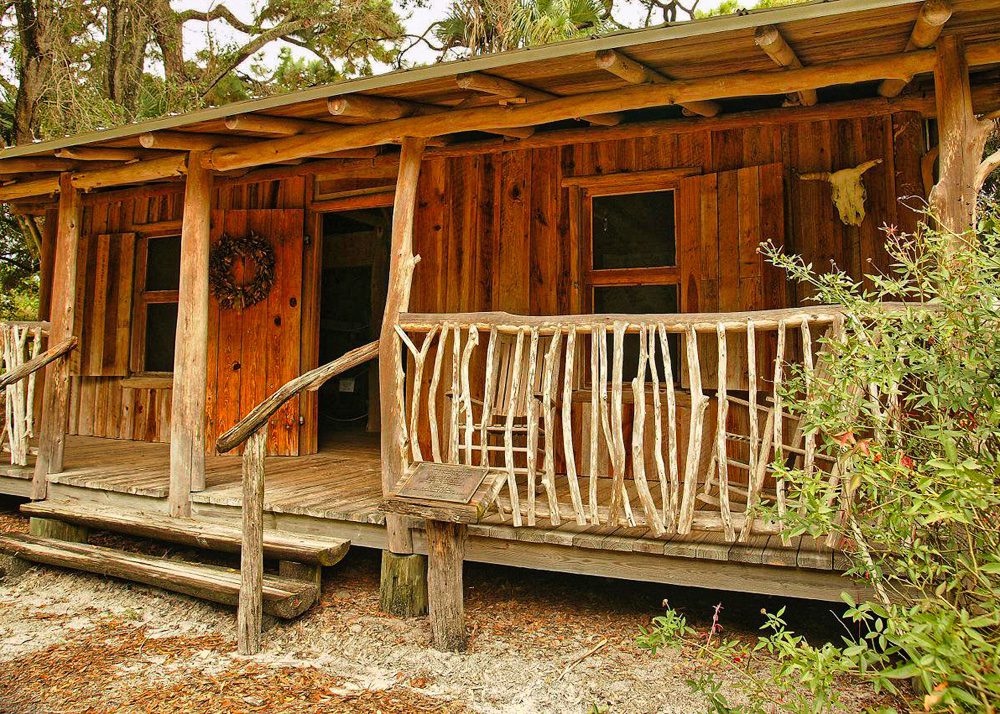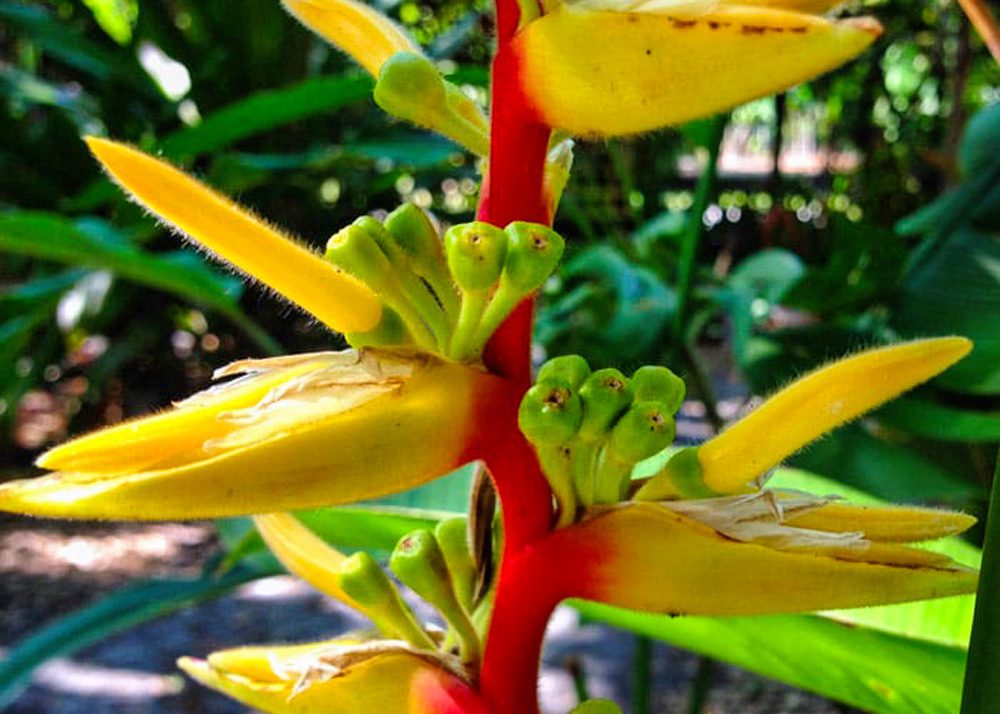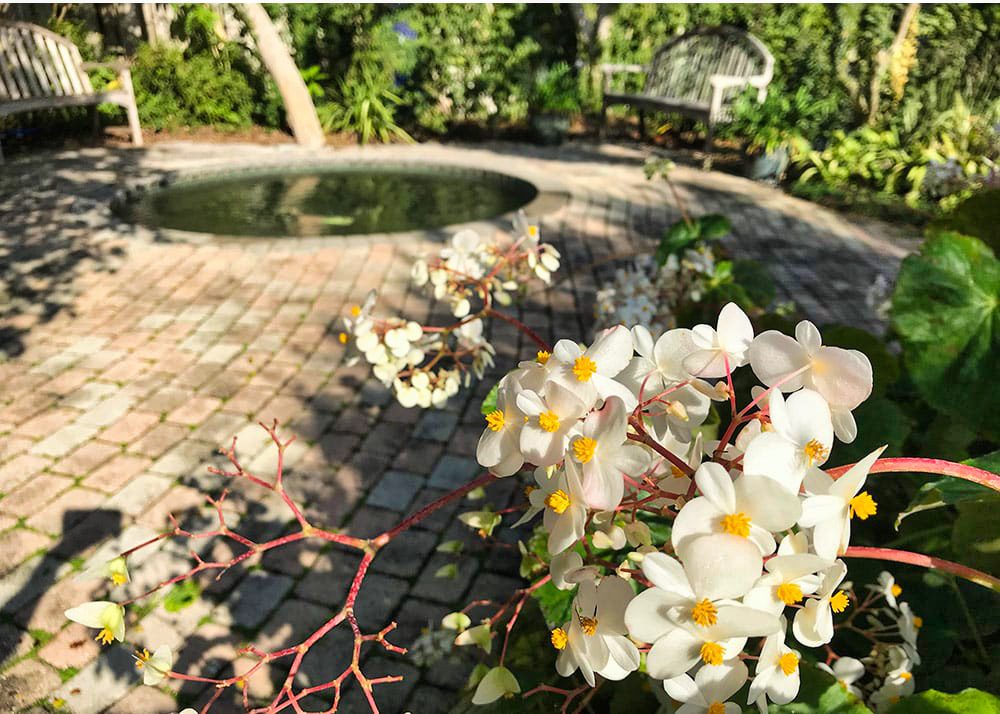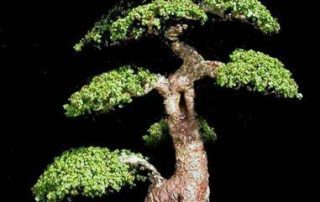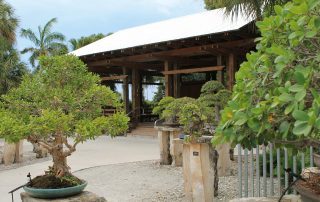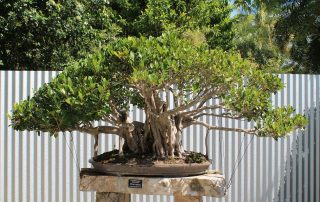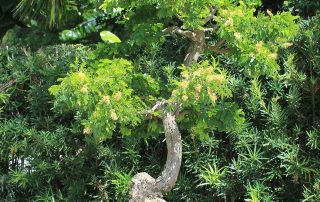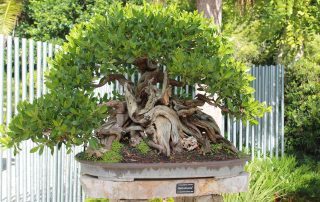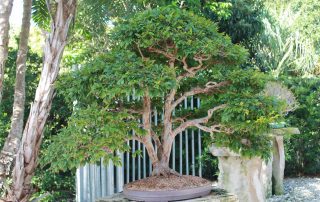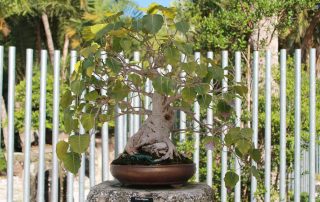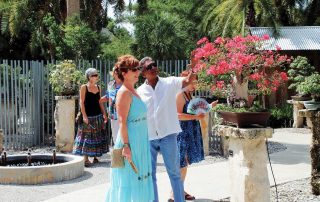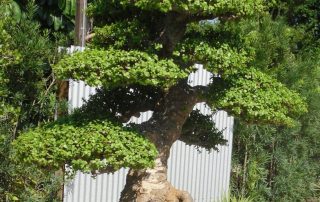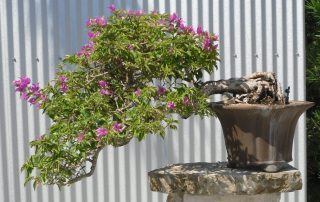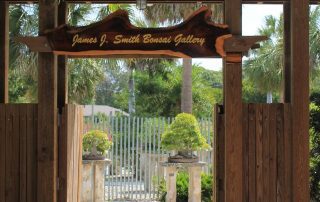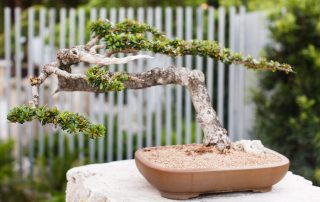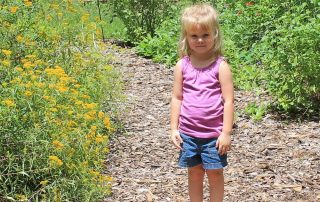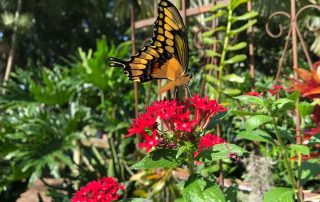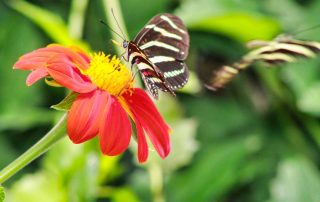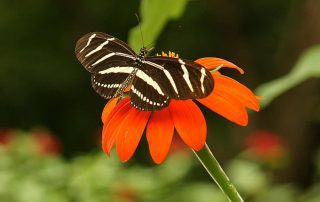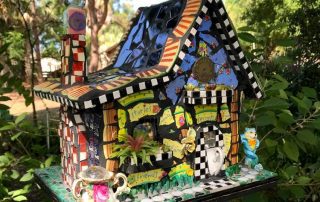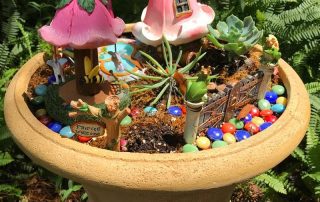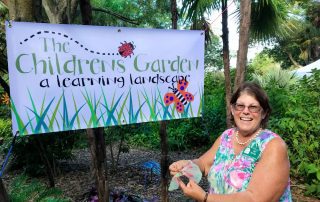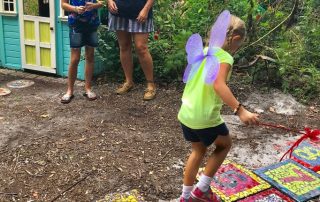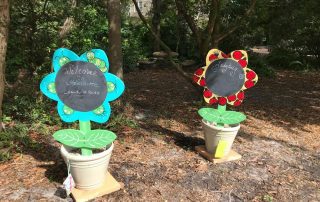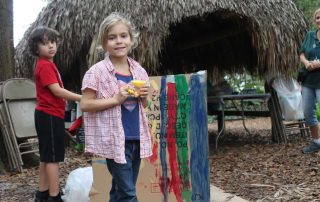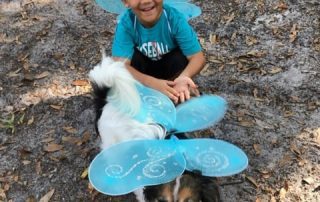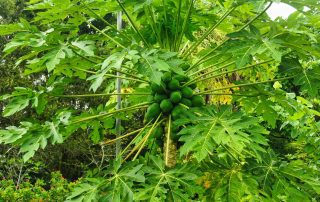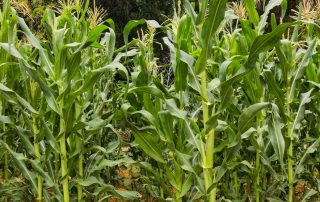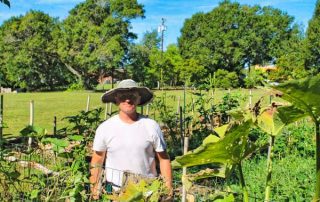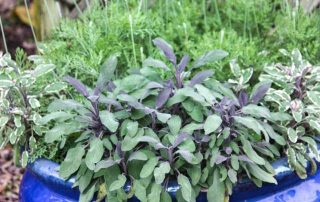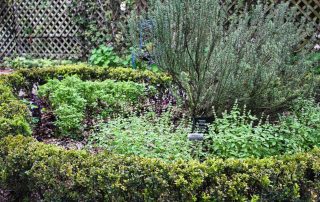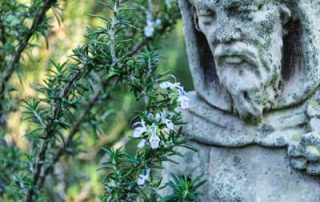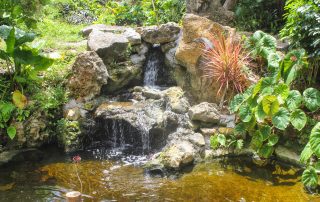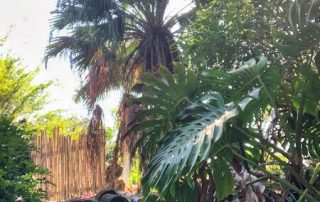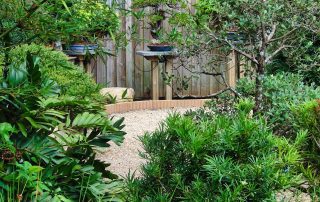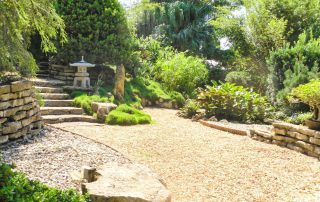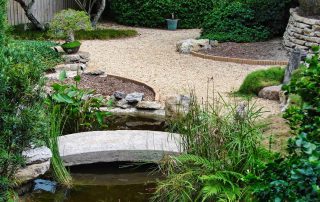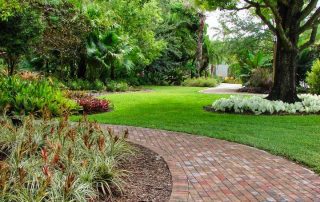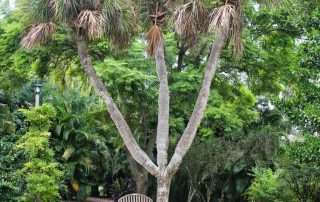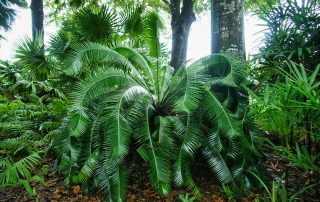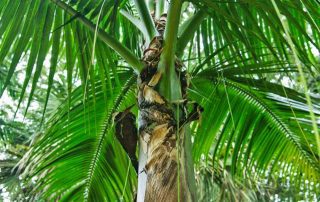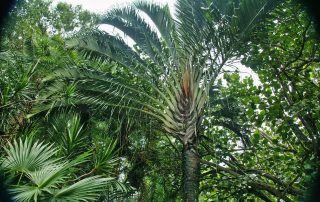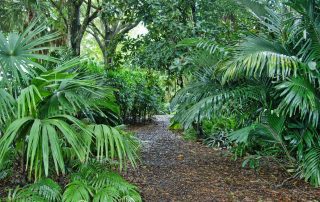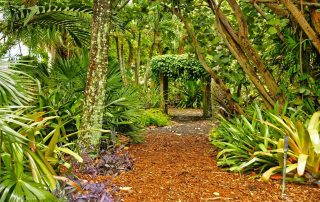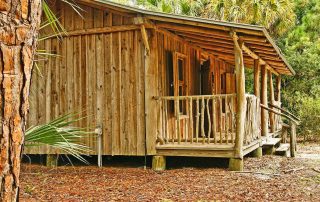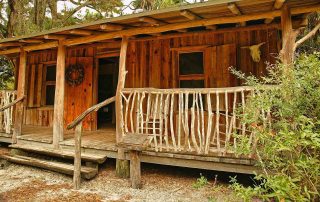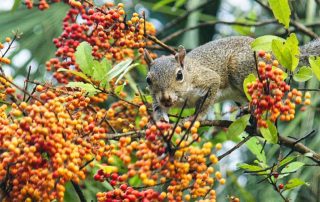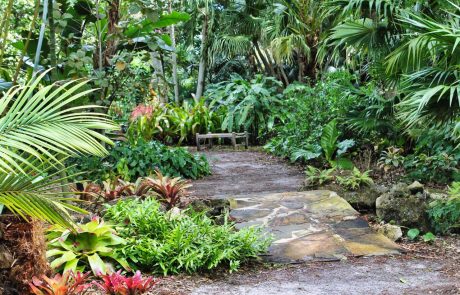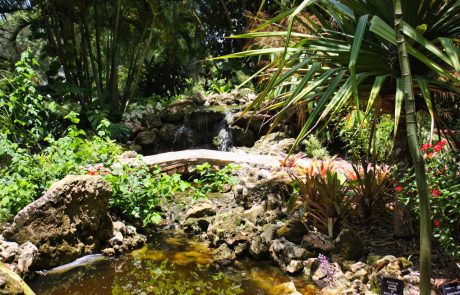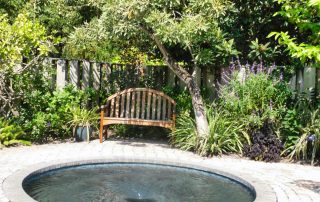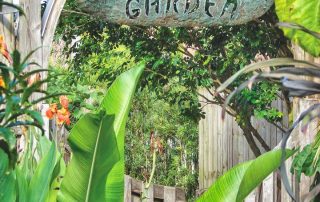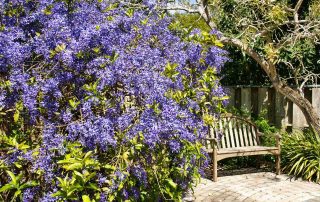Bonsai Gallery


James J. Smith
James J. Smith (1925-2016) was noted as the gentleman of bonsai and is recognized as a world class Bonsai Master. His knowledge of tropical and semi-tropical Bonsai was sought after not only by students but also bonsai masters alike. His artistic ability to design classical and natural styles of bonsai goes unchallenged. His foresight to see the artistic development in raw stock was magical.
(Photo by Eric Hasert, Scripps Treasure Coast Newspapers. Copyright, 2011, Scripps Treasure Coast Newspapers, used here with permission. No additional reproduction or distribution of this photo in any form is permitted without the written approval of Scripps Treasure Coast Newspapers (http://www.tcpalm.com)
To those who do bonsai this is an international treasure
“THE CURATOR HAS THE TREES IN GREAT SHAPE.”
In October 2009, Bonsai Master Jim Smith donated 100 of his finest bonsai to Heathcote Botanical Gardens on the condition that they would be properly maintained, displayed and protected. Unlike a traditional bonsai display lined up on benches with no competing scenery, Master Smith imagined a “Walk Through Bonsai” where visitors could stroll the beautiful Heathcote Botanical Gardens, and discover a unique bonsai tree at every turn.
The horticultural requirements of bonsai made installing them into the existing gardens impractical, and so a unique and original garden was planned by Sam Comer of Hayslip Landscape, with guidance from Master Smith and Jim Van Landingham.
Master Smith pioneered the use of tropical species such as portulacaria afra, (the dwarf leaf jade tree) as bonsai, and used many Florida native species to interpret the ancient art of bonsai. Sam Comer’s garden design and the architectural contributions of Peter Moor serve as a metaphor for Master Smith’s work.
Elements of a traditional Japanese Garden (stone, gravel, limited landscape palette) are interpreted through native Florida plants and building materials. “It’s where sushi meets fried mullet!” says architect Peter Moor.
The Bonsai Pavilion, designed by Moor, serves to host performances, weddings, and more. For more information on holding your event at Heathcote, view our Event Rental page.
Using Landscape Architect Rodney Robinson’s master plan as guide, the new Bonsai Garden was placed on the south east corner of the existing five-acre botanical garden. The 10,000 square foot area was originally where the Crimmins’ family nursery received clients. During Heathcote’s early years, the Fort Pierce Orchid Society, the Heathcote Herb Society, Eddie Eggers and many dedicated volunteers built various structures and garden features, including the Herb House, Orchid House, and the Lib Tobey Rainforest Memorial. The ravages of time, tropical elements, and the twin hurricanes of 2004 damaged most of the structures beyond repair.
A St. Lucie Tourist Development grant for $148,720 was matched by a $100,000 anonymous contribution, and sufficient internal resources to begin site work in August 2010.
Butterfly Garden
An arbor trellis covered with Dutchman’s Pipe marks one end of the curved path that meanders through Heathcote’s Butterfly Garden.
At times the vine is covered with Pipevine Swallowtail butterflies. At other times you may spy their caterpillars fattening themselves on the leaves to start the next generation. The Butterfly Garden contains over 35 species of plants selected to attract butterflies. Some are host, or larval plants. Butterflies are very specific about their preferences for these. Others are nectar plants that attract a variety of butterflies. Pick a warm sunny day to see the most butterflies and rejoice to see holes in the foliage! That means more butterflies will be coming soon.
Heathcote is a registered garden in the Million Pollinator Garden Challenge from the National Pollinator Garden Network. The focus of the NPGN is to inspire individuals and community groups, institutions and the garden industry to create more pollinator habitats through sustainable gardening practices, habitat conservation and provide these groups the tools to be successful.
NPGN collectively represents approximately 800,000 gardeners, 20,000 schoolyard gardens and has surpassed their goal to register a million gardens!
Heathcote enjoys contributing to the creation of pollinator habitats which are also beautiful and provide educational opportunities for children and all our visitors.
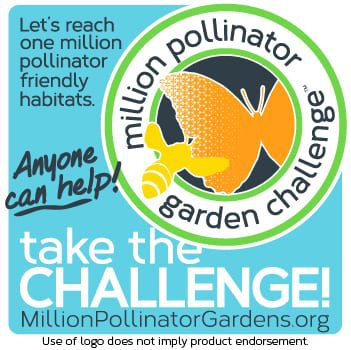
Children’s Garden
A special garden bed is tended by kids in our horticulture classes for children.
The Children’s Garden was first dedicated in 1998 and has continued to add new items thanks to many community groups and individuals.
Its most prominent feature is a chickee hut, built in the Seminole tradition with open sides and a thatched roof. A Pioneer Cabin, Eagle Scout-constructed roomy benches, and tree stump benches all provide more spots for little ones to rest and play. A playhouse, mosaic hopscotch, Fairy Garden and whimsical art pieces made from garden tools all add to the fun.
Community Garden
Mother Nature partners with our hard-working volunteers to produce vegetables and more in the Community Garden sponsored by the Garden Club of Fort Pierce. Local organic materials serve as mulch and compost, and no chemical fertilizers or pesticides are used. Fruit trees, herbs, and all sorts of veggies happily grow here. All the harvests are donated to Fort Pierce families in need. Harvested crops are donated to Fort Pierce families in need.
Herb Garden
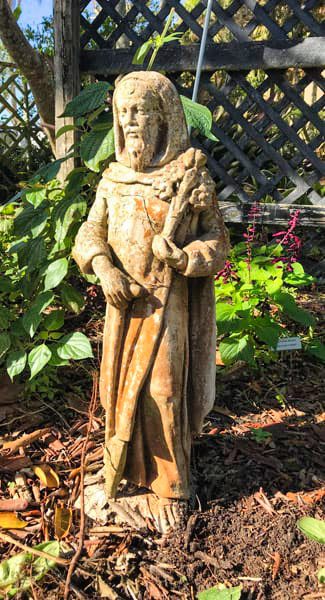
The Herb Garden at Heathcote Botanical Gardens was started by the Heathcote Herb Society in 1994 after an herb gardening workshop brought together a diverse group of herb lovers. Heathcote’s Gardener, Miriam Charles, was a founding member of the Herb Society. She searched out rare and unusual herbs and started many of them from seed. Miriam’s particular interest was in Salvias, and you will find many lovely specimens in the Herb Garden and in Heathcote’s Color Beds.
Heathcote’s Herb Society
The herbs in Heathcote’s Garden range from culinary to medicinal. Some are also sources of dyes and ornamental dried bouquets. Yarrow, Rosemary, Pennyroyal and Lavender, and the seed heads of Dill and Fennel make nice dried arrangements. Basil and Bay, in addition to their culinary uses, symbolize friendship and loyalty. Geraniums are for comfort and, of course, Rosemary is for remembrance. You may also be familiar with Rose Hips as being a source of Vitamin C. Culinary herbs provided the inspiration for the Herb Society’s cookbook, Heathcote Gems: Herb Inspired Recipes, which is available in the Gift Shop.
During the Dark Ages, monasteries were repositories of learning, and it was there that Fiacre became skilled at the use of healing herbs. BishopFaro, viewed Fiacre’s act as a gift from God and proclaimed it a miracle. The statue in the Herb Garden is a representation of St. Fiacre (pron. Fee-ah-kruh), an Irish monk whose feast is celebrated in Ireland and France on September 1st. He is the patron saint of gardeners (and taxi-drivers and florists among other things).
Japanese Garden
One of the favorite spots at Heathcote is the Japanese Garden. The original garden was created by Mollie Crimmins, known locally for her Japanese garden design. Jim and Mollie Crimmins owned Heathcote nursery and lived in the adjacent two story home that is now the administrative office.
Most of Mollie Crimmins’ garden designs have been lost. Preserving this garden was one of the motivating factors in the creation of Heathcote. The size of the Japanese Garden would have been smaller (and Heathcote Drive larger) if not for Laura Baker standing in front of an overeager bulldozer driver who was determined to take more than the designated 30 feet of land for a right-of-way.
The Japanese Garden here was not designed in any particular style, but it does incorporate many traditional elements and symbols. It contains pathways that direct your attention and provide an ease of footing, boulders that represent a distant mountain range, and purifying water. There is movement through a series of distinct “rooms” and through thresholds such as the entrance gate, the bridge, the opening in the hedge, and the elevated pathway. Each signifies progressions through different stages of consciousness. The replica tea house was an Eagle Scout project.
Main Lawn
Today, a swathe of emerald lawn offers a gathering place in the middle of the Gardens; but we can thank Hurricanes Frances and Jeanne for providing this space. Prior to the storms in 2004 this area was home to a gigantic Indian Laurel tree. It was one of many trees lost to the storms, but this led to a new use of the space as a large gathering area. Brides in white gowns, moms having Mother’s Day picnics, people relaxing to great music, bustling festivals—all these and more receive a gracious welcome on the Main Lawn.
The space is bordered by spreading live oaks and vibrant flower beds. Paths lead off in all directions to other garden rooms. Relax on a bench at the edge of the lawn and decide which path to explore next.
One special specimen resides on the Lawn itself. A rare triple-headed sabal palm, estimated to be over 140 years old, moved several times before coming back to Heathcote.
Palm and Cycad Walk
The Palm and Cycad Walk offers paths lined with unique specimens of these plants from all around tropical, sub-tropical, and warm temperate regions of the world. They come in every size and shape from the tall Satake Palm from the Ryukyu Islands to the short Spiny Dioon from Mexico. There is the Footstool Palm from the Philippines with sharp spikes on its fronds, and the graceful spreading shape of the Triangle Palm from Madagascar. Ferns and bromeliads sprout gracefully around the feet of the palms to add to natural ambiance of this Garden Room.
Pioneer House, Field and FL Native Plants
When you stand in the center of the Pioneer Field, you are surrounded by Florida horticulture and history. The Pioneer House, or Florida Cracker House, is a replica of the style of dwelling settlers used about two hundred years ago. Bud Adams donated the lumber milled from cypress trees that grew on the Adams Ranch. Settlers typically cooked outside and used the fireplace for warmth. Hanging quilts created separate spaces inside the one-room house. The cypress limb railing is a Native American design feature.
The Field itself is a reimagining of the space following two hurricanes in 2004. When damaged trees and understory were cleared, the central field emerged as a great site for events like our educational Pioneer Days, garden festivals, and more. Native trees were added around the perimeter in 2008, and Florida’s beloved citrus has a home here too.
Next to the Pioneer house, you’ll find a special gathering of Florida native plants. While they also appear throughout the garden, their grouping here shows what those early settlers found growing when they stepped outside their door. These plants, like the settlers themselves, are hardy enough for the Florida climate.
Rainforest
The water feature in the Rain Forest is in memory of Gloria Moore, which was made possible by designated contributions by members, volunteers, family, and friends of Gloria. The water feature idea was developed by Sam Comer, HBG Board member and was built by Florida Falls.
Gloria was 1 of the “Band of 5” that founded Heathcote Botanical Gardens. After her passing in October of 2011, contributions began to come in and requests for a special memorial. Also, the Osteen Foundation through the Rotary Club of Fort Pierce donated $5,000 to the memorial. We are thankful for all the generosity and kindness from these folks whose passion was to leave a lasting memorial to “Our Founding Mother, Gloria Moore.”
Reflection Garden
The Reflection Garden with its circular reflection pond is intended to provide a quiet space for contemplation. It is meant to serve as a place apart from the rest of the Gardens, where the individual is invited to slow down and look within. It’s in these contemplative moments of life where we find inspiration, take comfort, and have our spirits restored.


